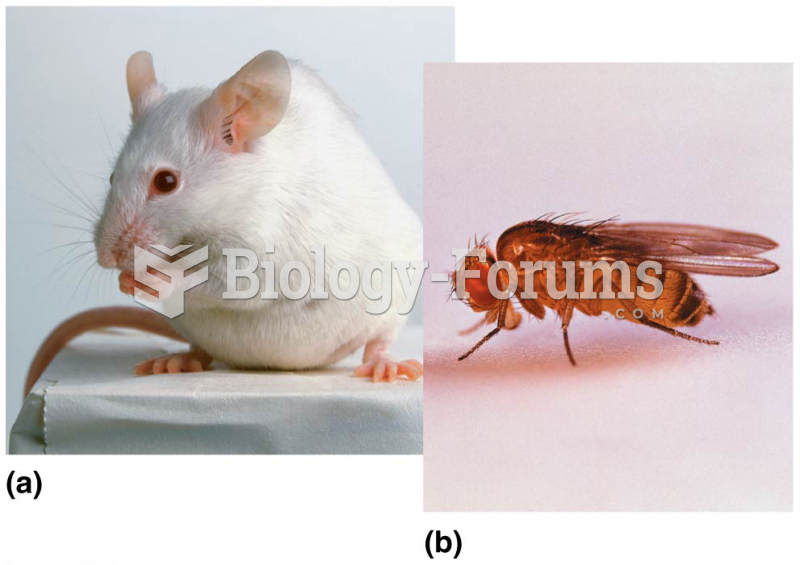This topic contains a solution. Click here to go to the answer
|
|
|
Did you know?
Although puberty usually occurs in the early teenage years, the world's youngest parents were two Chinese children who had their first baby when they were 8 and 9 years of age.
Did you know?
The most common childhood diseases include croup, chickenpox, ear infections, flu, pneumonia, ringworm, respiratory syncytial virus, scabies, head lice, and asthma.
Did you know?
The first oral chemotherapy drug for colon cancer was approved by FDA in 2001.
Did you know?
In 2006, a generic antinausea drug named ondansetron was approved. It is used to stop nausea and vomiting associated with surgery, chemotherapy, and radiation therapy.
Did you know?
The B-complex vitamins and vitamin C are not stored in the body and must be replaced each day.
 DNA analysis of phylogenetic relationships among modern and extinct flightless birds by Cooper and c
DNA analysis of phylogenetic relationships among modern and extinct flightless birds by Cooper and c
 The steps in the hearing process. (1) Sound waves enter the outer ear and travel through the ear ...
The steps in the hearing process. (1) Sound waves enter the outer ear and travel through the ear ...





